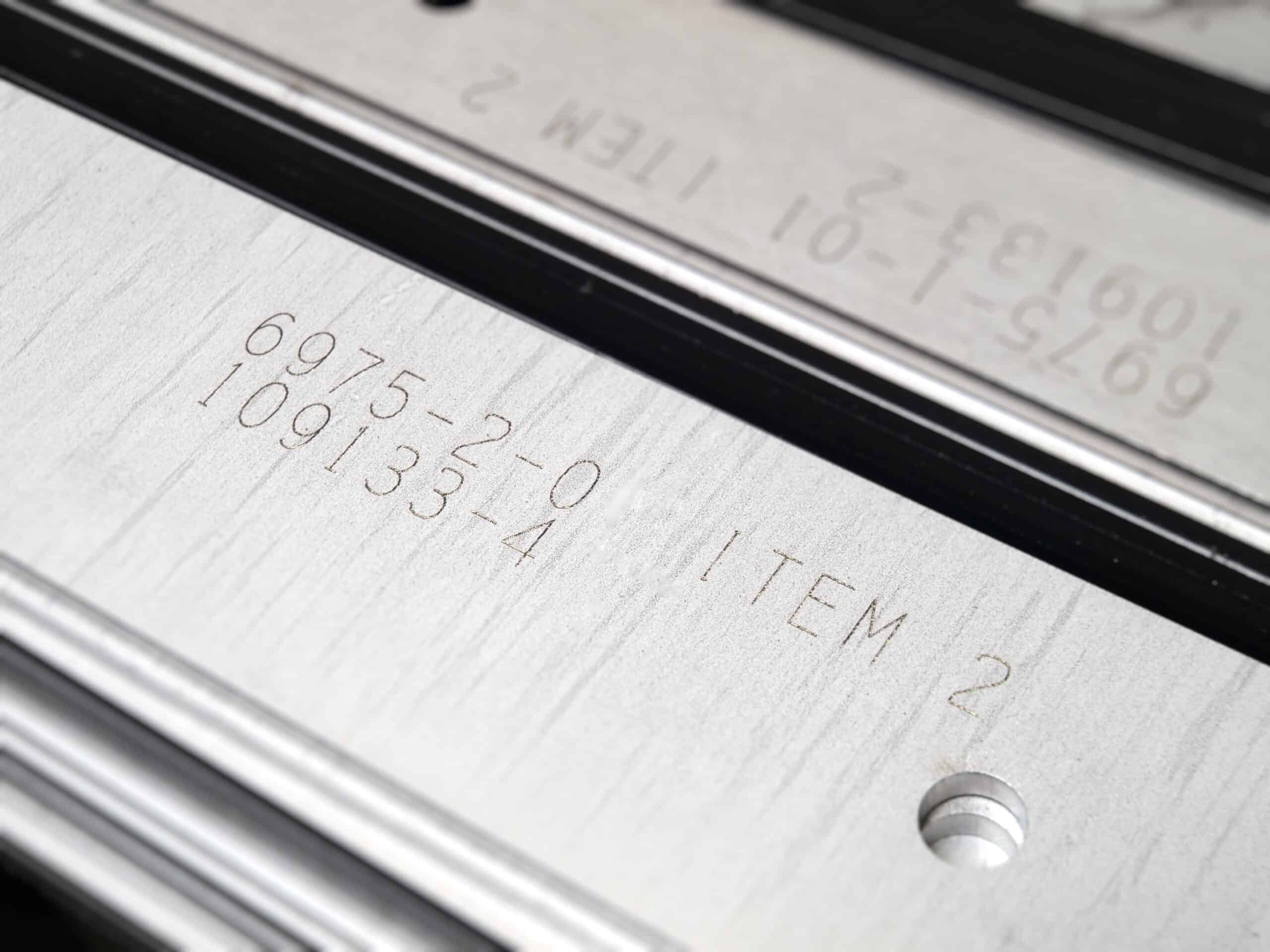Every design choice has consequences down the line. Positive or negative, it’s important to understand the impact of every decision, from choice of material to stock management. Design for manufacturing, also known as DFM, happens during the earliest stage of product development. It is the process of optimising product design for manufacturing efficiencies and assembly processes.
The purpose of design for manufacturing is to reduce cost and complexity without compromising quality. Rationalising every design choice from the outset is the best way to be competitive on price and time to market. Continue reading to discover how the benefits of design for manufacturing efficiency translates to the shopfloor.
1. Standardised
Designing product lines to share parts or tooling can deliver significant cost savings. Materials of the same specification can be purchased and profiled in bulk to extend product margins.
Sharing parts between several assembly lines speeds up internal processes, such as replenishment, by reducing the complexity of raw materials to be purchased and handled. Simplified inventory management has a positive impact on several departments including purchasing, logistics, and finance. Fewer parts and transactions to process is a boon for all involved.
Standardisation also makes products easier to modify. If a single part is optimised for greater margin or user experience, every product using that part will benefit. Phasing out old stock for new is a simpler process with a high probability of little to no stock write-offs.

2. Streamlined
For many manufacturers, material preparation consumes a significant portion of production time. Cutting, cleaning, and bevelling ready for welding, for instance, takes up valuable time for skilled engineers. The rise of design for manufacturing principles has led to an increase in outsourced profiling, such as metal cutting and bending.
Recent advances in cutting technologies present new possibilities for manufacturers to make significant gains from using metal profilers. Laser cutting machines, with the right design and software, apply bevels and chamfers during the cutting process. The resulting cuts are of high quality with weld seam preparation completed in one. Add to this the ability to cut countersinks of any size, flowdrilling and tapping, and production steps are minimised.
Streamlining is not about reducing staff numbers. Rather, it is extracting maximum value from available production hours. Engineers can usually put their skills to better use than smoothing rough cut edges for welding or drilling and tapping ready for fastening. Manufacturers are reaping the benefits of receiving material orders – such as sheet metal, tube, and structural steel – cut, cleaned, and ready for assembly.
3. Simplified
The benefits of a simple assembly process cannot be overstated. The aim is to rationalise the process to make it fast and error-free. Materials can be prepared to exacting standards earlier in the supply chain. However, if the assembly process falls down, the product will increase costs and harm reputation.
Alignment is a key feature of simplifying manufacturing. Holding pieces together in order to fasten, reworking poor finishes, or struggling to correctly align parts, all contribute to margin erosion. Established design features that add cost can be eliminated by optimising parts for assembly. This element of design for manufacturing focuses on accuracy in assembly, ensuring parts are put together fast and accurately, every time.
Self-jigging parts are making a big impact on assembly accuracy. Combining design features such as part folds and slot and tag, results in fewer cuts, less welding, and self-locating parts which require no fixturing. This stage in the process of design for manufacturing efficiency reduces several parts into one, single-piece design. Assembly is intuitive, with parts self-locating, for maximum efficiency gains.

The benefits of design for manufacturing are hard to ignore. Manufacturers employing DFM principles are doubling shopfloor throughput while cutting production time by an impressive 50%. Self-jigging parts are removing the margin for error, resulting in a reduction, if not elimination of, customer rejects. Not only are assembly times faster, but so is time to market for new or improved products.
Interested in rationalising products through design for manufacturing efficiency? The process is simple. Send us your drawing, production volumes and assembly capabilities, and the Smart Production Design team will get to work on rationalising your product. Our ability to produce design features such as 45° bevels, slot and tag, and part folds in-house, can fully rationalise manufacturing steps to boost output and cut production time.








